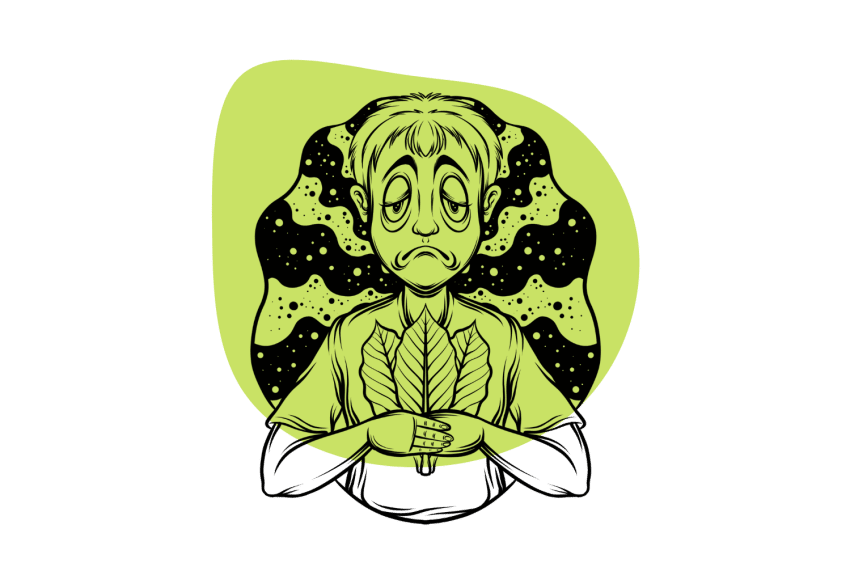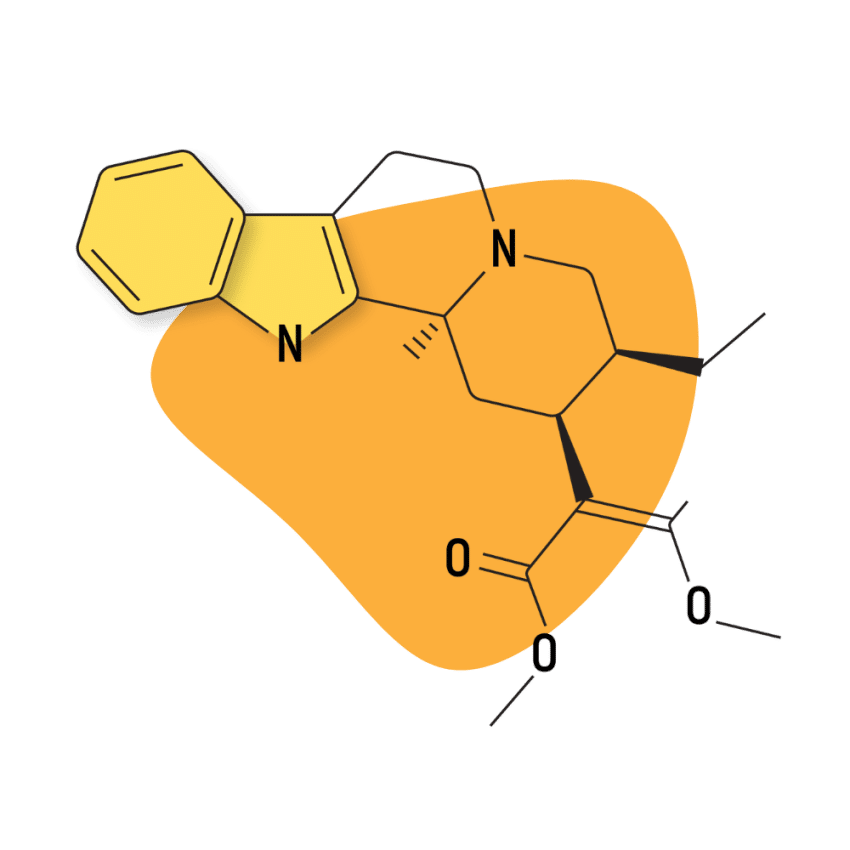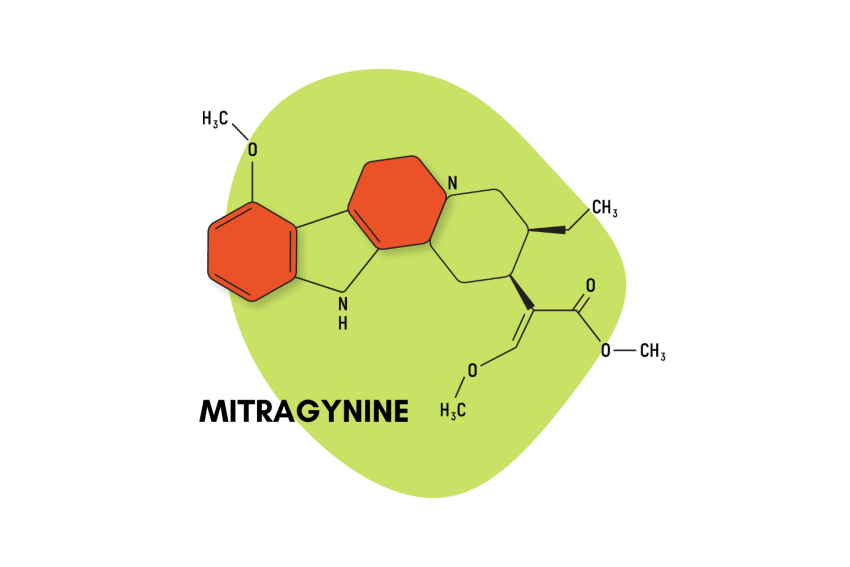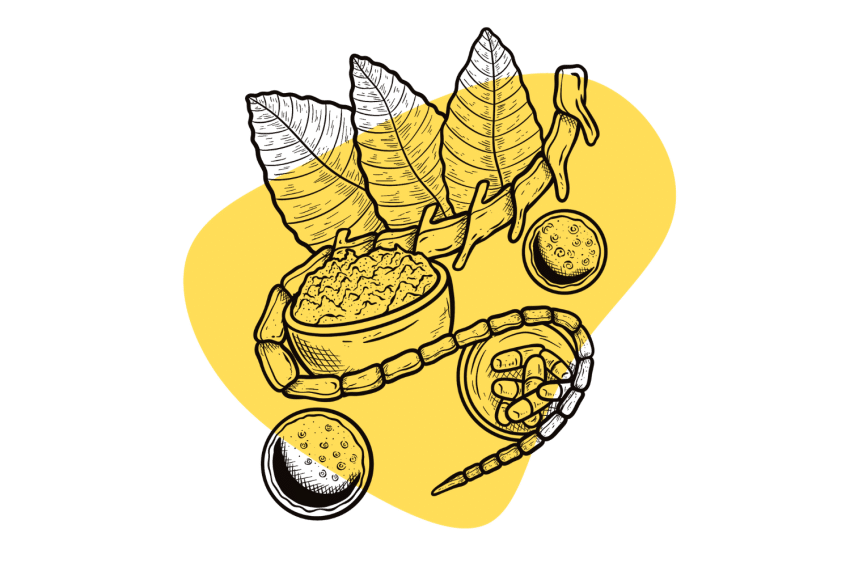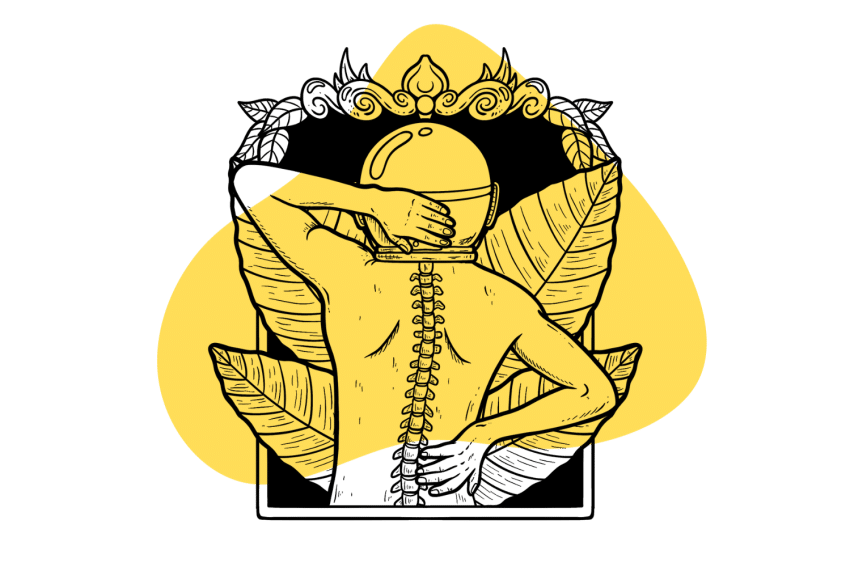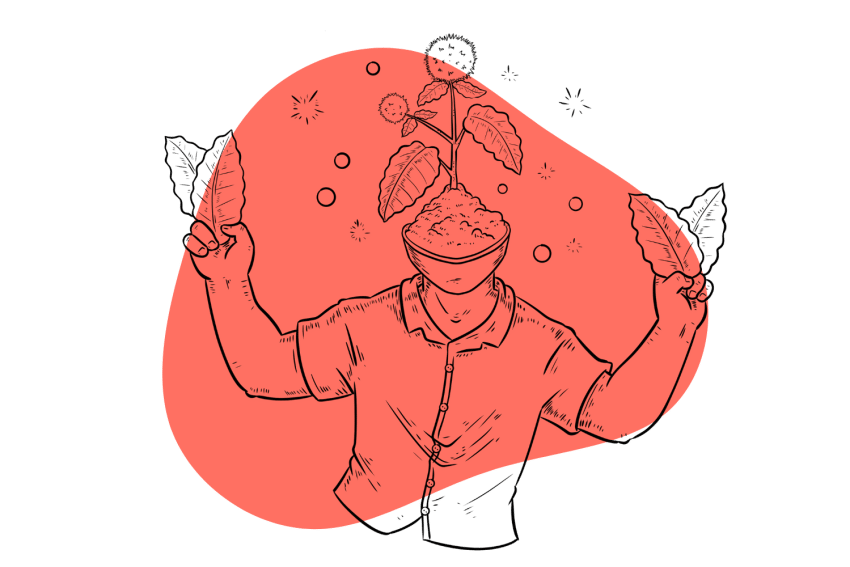Beating Insomnia: How to Use Kratom for Better Sleep
No one wants to be wound up 🫨 when they’re supposed to be sleeping 🥱
While kratom is usually used for pain relief and to manage anxiety and depression, it is also used as a sleep aid. In this guide to using kratom for sleep, we’ll discuss why it works, the proper dosage, and the safety precautions to take.
How Does Kratom Work As a Sedative?
Kratom (Mitragyna speciosa) is a well-known central nervous system depressant that mimics the effects of opioids, which are some of the most sedative substances in modern medicine. Two main alkaloids — 7-hydroxymitragynine and mitragynine — are primarily responsible for the effects of kratom. There are three primary mechanisms through which these alkaloids function in the body to promote sleep.
1. Kratom Increases GABA Activity
First and foremost, the alkaloid 7-hydroxymitragynine, which seems to be exclusive to kratom, is an agonist of GABA receptors. GABA, or gamma-aminobutyric acid, is an inhibitory neurotransmitter linked to central nervous system (CNS) activity.
Reduces Nerve Activity
When 7-hydroxymitragynine binds to GABA receptors, the neurotransmitter levels increase. An increase in GABA leads to “quieted” nerve activity, and reduced CNS activity produces a calm and relaxed feeling [1].
GABA receptor agonists are the primary targets of benzodiazepines, a class of highly sedative drugs. Examples include brand names such as Xanax, Valium, and Klonopin.
Any drug or compound that creates a surge in GABA activity will naturally lead to sedation and relaxation. This is the primary mechanism through which the central nervous system is calmed.
Kratom Eases Anxiety
Another way kratom promotes sleep is by easing anxious feelings and thoughts that keep your mind alert. A “busy” or overstimulated central nervous system is typically to blame for anxiety and perceived stress, which might keep you awake at night.
Kratom’s interaction with GABA receptors produces a sense of calmness in the body and mind. As signals traveling through the central nervous system decrease in number, those racing thoughts that prevent sleep will also tend to subside.
If you discover that anxiety, stress, and a racing mind keep you awake, a sedative kratom strain might be a good solution.
2. Kratom Interacts With Opioid Receptors
Second, kratom interacts with opioid receptors — alpha-, mu-, and delta [2, 3]. Opioid receptors sit within our nerve cells and control pain signals traveling to our brains while also inducing feelings of pleasure.
Calms the Nervous System
By interacting with opioid receptors, kratom’s alkaloids can further reduce the signals traveling through the central nervous system. Since an excited nervous system caused by pain can prevent an individual from falling and staying asleep, relaxing that system is an effective way to induce sleep.
Kratom’s interaction with opioid receptors relaxes the CNS, allowing you to fall asleep more easily.
Reduces Pain Signals
Another positive effect of kratom’s interaction with opioid receptors is pain reduction. All three opioid receptors that 7-hydroxymitragynine binds to can help regulate pain and our perception of it. When alkaloids or other compounds bind to those receptors, fewer pain signals reach the brain, bringing relief [4].
3. Kratom Increases Dopamine
There are other ways kratom reduces pain. For instance, it increases dopamine levels. Dopamine is the neurotransmitter responsible for feelings of positivity and motivation. It can positively affect how we perceive pain signals that make it to our brains.
Reducing pain may not directly affect sleep, but it may help it come more naturally to individuals unable to sleep because of pain.
Is Kratom a Safe Option for Inducing Sleep?
Whether kratom is safe for continued use or not remains a debate. However, many experts agree that kratom use is relatively safe. In December 2021, the World Health Organization assessed the safety of kratom and concluded that kratom does not pose a threat to the general population.
The most significant side effect to be concerned about is the risk of addiction after continued kratom use.
Nevertheless, you can do a few things to reduce your risk of dependency and addiction. These include:
- Avoiding higher doses, even without the desired effects
- Do not mix kratom with other sleep aids or opioids
- Limiting the dosage
- Taking at least one week off in a month
- Taking at least two days off in a week
It’s essential to monitor your tendency to depend on kratom for sleep. Since our bodies demand rest, any substance our brains link to falling or staying asleep could be a source of addiction.
If you’re afraid you won’t be able to sleep if you run out of kratom or if it is necessary for feeling refreshed, you should consider weaning off it entirely. These signs of addiction may indicate that kratom isn’t a good option for you.
Is Kratom an Opiate?
While kratom does mimic the effects of opiates — in both the ability to relieve pain and suppress the central nervous system sufficiently to induce sleep — kratom is considered an atypical opioid [5].
Kratom is far less addictive and potent than opioids. The symptoms of kratom withdrawal are much milder, and it is very unlikely for kratom to cause respiratory depression or overdose.
Additionally, kratom is also a stimulant due to its concentration of mitragynine. Opioids, on the other hand, are depressants.
Also see: Kratom vs. Cannabis: Uses, Benefits, & Interactions
Is Kratom Legal?
The laws surrounding kratom can vary from country to country. However, the herb remains legal in most parts of the world.
In the United States, kratom is only banned in six states, including Alabama, Arkansas, Indiana, Rhode Island, Vermont, and Wisconsin.
Other countries that have banned kratom use include:
- Argentina
- Australia
- Bulgaria
- Denmark
- Finland
- France
- Japan
- Poland
- New Zealand
- Norway
- United Kingdom
- Russia
To avoid legal issues, ensure you are familiar with the local laws before ordering kratom.
Related: List of Reputable Kratom Vendors.
Which Kratom Strains Are Best for Promoting Sleep?
Since most of the pro-sleep benefits come from 7-hydroxymitragynine, strains highest in this compound are best. Red vein strains are generally the most sedative and work best for pain and anxiety relief.
Due to their alkaloid profiles, green-vein strains are more stimulating than red strains. White-vein strains are best for energy, improving mood, and increasing focus.
Below, we discuss the top strains used as sleep aids.
Red Bali Kratom
Red Bali is touted as a potent red strain that provides pain relief and sedation and minimizes anxiety for most users. It doesn’t take much to enjoy the sedative benefits of this strain, making it ideal for keeping dosage to a minimum.
Red Medan Kratom
Red Medan is another powerhouse when it comes to sedation. Most users avoid it during the day because it makes them fatigued. Red Medan kratom is a popular and potent option for users with significant difficulty falling or staying asleep at night.
Red Medan relieves mild to moderate pain for most people, but it might not be ideal for severe pain that might keep you awake. However, it can relieve anxiety, calming a racing mind at nighttime.
Red Kali Kratom
Red Kali is similar to Red Medan because it also brings about sedation and other sleep-promoting effects. However, Red Kali stands out for its potent pain relief properties.
The high concentrations of 7-hydroxymitragynine in this strain allow users to find relief from moderate to severe pain — enough to allow for sleep — while also helping you relax and feel drowsy soon after consumption.
Red Indo Kratom
Red Indo is quite similar to Red Kali; it provides moderate sedation and pain relief, which is great for users who can’t sleep partly because of pain. However, Red Indo has lower concentrations of 7-hydroxymitragynine, so its effects aren’t as profound for many people.
What Is the Best Dose of Kratom for Promoting Sleep?
Kratom is unlike most other drugs and herbs; the effects you feel depend mainly on the amount you consume. Some experts believe that mitragynine and 7-hydroxymitragynine are at odds with one another, and the dosage determines which alkaloid’s effects take precedence.

Low doses tend to be more stimulating, while larger amounts often serve as relaxants and sleep aids.
You can follow the dosing guidelines below to get started with using kratom for sleep:
- To ease anxiety or racing thoughts: 4 g
- As a general sleep aid: 4-5 g
- For those with severe sleeping issues or are kept awake by mild to moderate pain: 5-6 g
- Those looking for a potent sedative or who are kept awake by moderate to severe pain: 6-8 g
As with any substance, especially one that can potentially be habit-forming, it’s best to start with the lowest effective dose — or lower — for your condition. If you’re new to kratom, try 2 or 3 g and see if that’s effective. If not, increase by 0.5 or 1 gram per night until you reach the desired effects.
Why Getting Your Dose Right Is So Important
Taking the appropriate dose for your condition is important for several reasons. Kratom is addictive, and the risks of dependency increase with the dosage and frequency. Maintaining a given dose and taking breaks are excellent ways to avoid tolerance and dependency.
Other side effects that could occur from inappropriate dosing include:
- Anxiety (mostly paradoxical)
- Constipation
- Diarrhea
- Dizziness
- Headaches
- Irritability
- Mental fog
- Nausea and abdominal discomfort
- Vomiting
Taking low doses is one of the best ways to avoid these symptoms, although higher doses are typically better for inducing sleep. As a result, it is crucial to find a good balance between the effects you experience and the risk of side effects.
Wrapping Up: What Makes Kratom a Good Sleep Aid?
Kratom is a relatively popular herb to promote sleep for a few reasons. First, it’s a natural supplement perceived to be healthier and less habit-forming than prescription drugs and sleep aids. Second, kratom is legal in most states in the U.S. and many other countries. Its wide availability and ease of access make it a popular option for people unable or unwilling to see a doctor.
Finally, kratom mimics opioids, which are potent central nervous system depressants, but it is considered significantly less addictive. Many people consider kratom a safe and low-risk alternative to prescription medications that can aid in falling and staying asleep.
References
- Allen, M. J., Sabir, S., & Sharma, S. (2018). GABA receptor.
- Matsumoto, K., Horie, S., Ishikawa, H., Takayama, H., Aimi, N., Ponglux, D., & Watanabe, K. (2004). Antinociceptive effect of 7-hydroxymitragynine in mice: Discovery of an orally active opioid analgesic from the Thai medicinal herb Mitragyna speciosa. Life sciences, 74(17), 2143-2155.
- Suhaimi, F. W., Yusoff, N. H., Hassan, R., Mansor, S. M., Navaratnam, V., Müller, C. P., & Hassan, Z. (2016). Neurobiology of Kratom and its main alkaloid mitragynine. Brain research bulletin, 126, 29-40.
- Prozialeck, W. C., Jivan, J. K., & Andurkar, S. V. (2012). Pharmacology of kratom: an emerging botanical agent with stimulant, analgesic and opioid-like effects. Journal of Osteopathic Medicine, 112(12), 792-799.
- Raffa, R. B., Pergolizzi, J. V., Taylor, R., Ossipov, M. H., & NEMA Research Group. (2018). Nature’s first “atypical opioids”: Kratom and mitragynines. Journal of clinical pharmacy and therapeutics, 43(3), 437-441.

